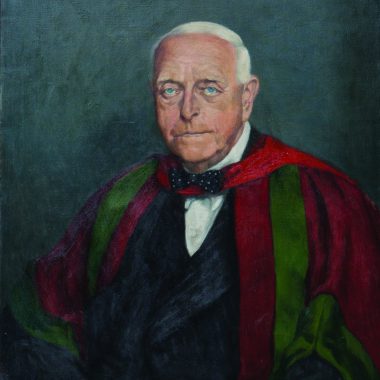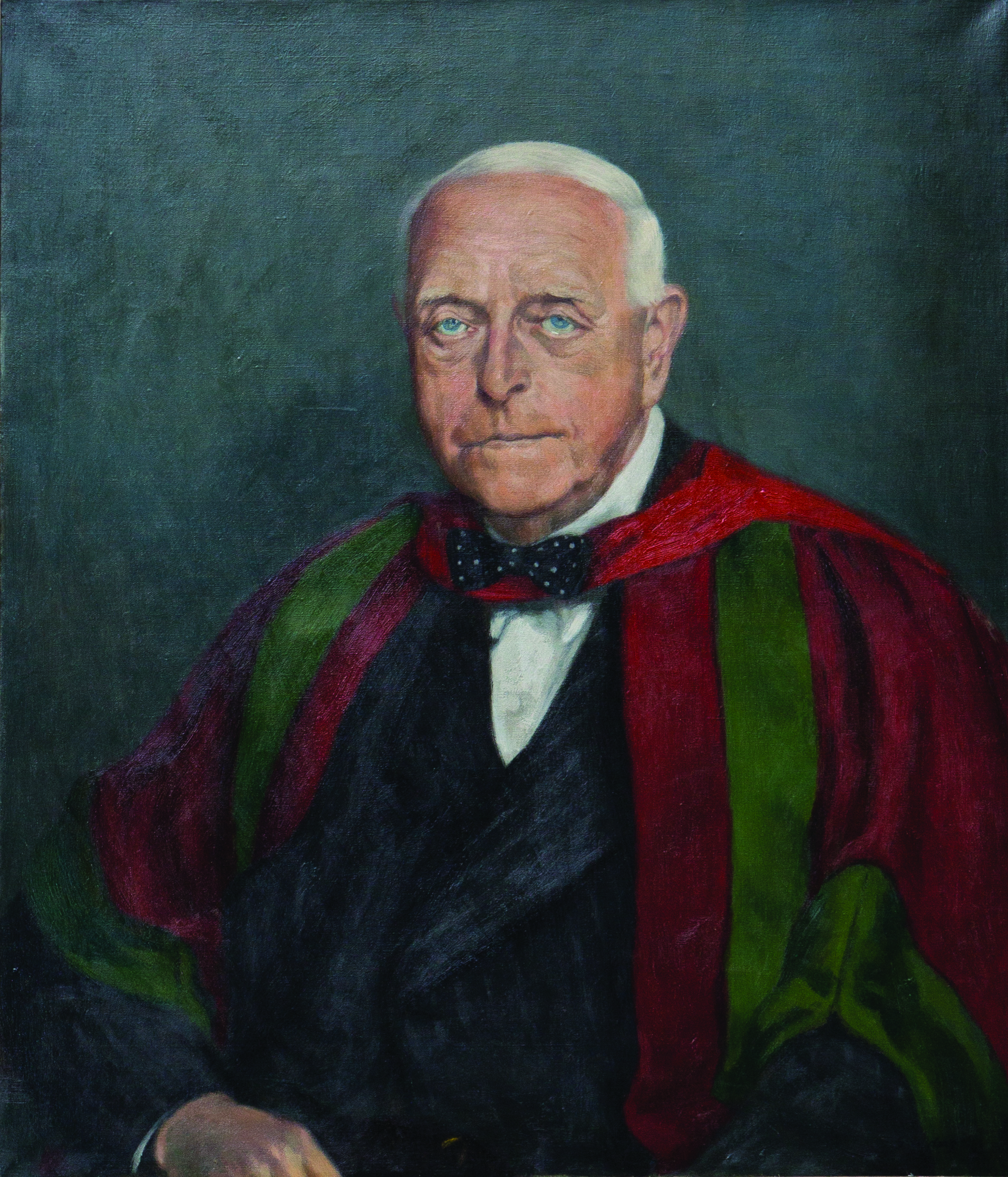The GPs who shaped NHS general practice: Dr William Pickles


william norman pickles
Dr Pickles was a son of GP (and one of four sons who became doctors). A Yorkshire GP, his work on epidemiology – including the 1939 medical classic Epidemiology in Country Practice – gained him a worldwide reputation but he stayed in practice in rural Yorkshire in the village of Aysgarth, Wensleydale.
He practised there for 50 years – interrupted only by serving in the Royal Navy during World War One – while living above the shop. He was to later reflect that he knew by name almost everyone in the eight villages he served.
He was originally inspired by Sir James Mackenzie, a cardiologist who made many original observations while working in general practice in the mill town of Burnley and is often described as the father of general practice-based research.
A leading example of how to carry out practice based research, Dr Pickles’ epidemiology career began when an epidemic of catarrhal jaundice broke out in Wensleydale in 1929. Dr Pickles was able to trace the whole epidemic to a girl who he had seen in bed on the morning of a village fete and who he never thought would get up that day. She had instead gone to the fete and infected everyone who attended it. His work also established the long incubation of the disease of between 26 and 35 days.
His epidemiology work included being the first doctor in Britain to describe Bornholm disease in detail, and his work on tracing measles established that its incubation period was exactly 12 days.
Epidemiology in Country Practice brought him worldwide fame and he lectured at medical schools across the country while continuing to practice in Aysgarth. Dr Pickles was instrumental in setting up the RCGP and became its first president in 1953; a position he held for three years. An annual lecture in his name is given each year.
General practice during the NHS: 1940s
The NHS Act 1946 provides a family doctor to the entire population, regardless of their ability to pay. GPs were unwilling to sign up until just weeks before the service was launched in July 1948, but as the public were encouraged to sign up with doctors who are willing to enter the NHS, are left with the choice of joining up or face having no patients.
In 1948 there are 16,486 GPs. Almost entirely male, with around half of them single-handed, they practise primarily from their own homes and are paid on the size of patient lists, with additional payments for specific activities, including out of hours visits, maternity care and vaccinations.
Pulse October survey
Take our July 2025 survey to potentially win £1.000 worth of tokens











